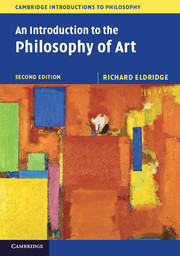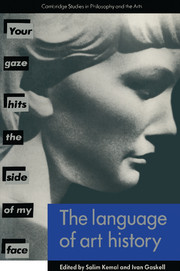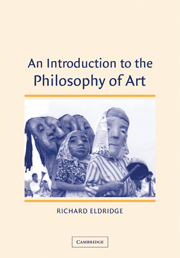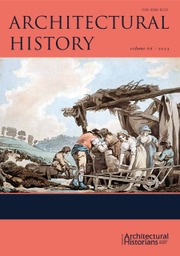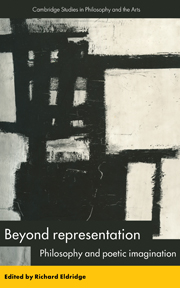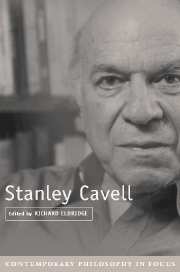An Introduction to the Philosophy of Art
An Introduction to the Philosophy of Art is a clear and compact survey of philosophical theories of the nature and value of art, including in its scope literature, painting, sculpture, music, dance, architecture, movies, conceptual art and performance art. This second edition incorporates significant new research on topics including pictorial depiction, musical expression, conceptual art, Hegel, and art and society. Drawing on classical and contemporary philosophy, literary theory and art criticism, Richard Eldridge explores the representational, formal and expressive dimensions of art. He argues that the aesthetic and semantic density of the work, in inviting imaginative exploration, makes works of art cognitively, morally and socially important. This importance is further elaborated in discussions of artistic beauty, originality, imagination and criticism. His accessible study will be invaluable to students of philosophy of art and aesthetics.
- This new second edition incorporates significant new research from the last ten years, as well as an updated bibliography, a new introduction, and new research on topics including pictorial depiction, musical expression, conceptual art, Hegel, and art and society
- Presents recent work on topics such as the controversies about Mapplethorpe, Finley, et al., and attention to newer forms of conceptual and performance art
- Combines classical and contemporary philosophy, literary theory, and art criticism
Product details
No date availablePaperback
9781107614444
322 pages
248 × 172 × 19 mm
0.6kg
Table of Contents
- Preface
- 1. The situation and tasks of the philosophy of art
- 2. Representation, imitation, and resemblance
- 3. Beauty and form
- 4. Expression
- 5. Originality and imagination
- 6. Understanding art
- 7. Identifying and evaluating art
- 8. Art and emotion
- 9. Art and morality
- 10. Art and society: some contemporary practices of art
- 11. Epilogue: the evidence of things not seen.

